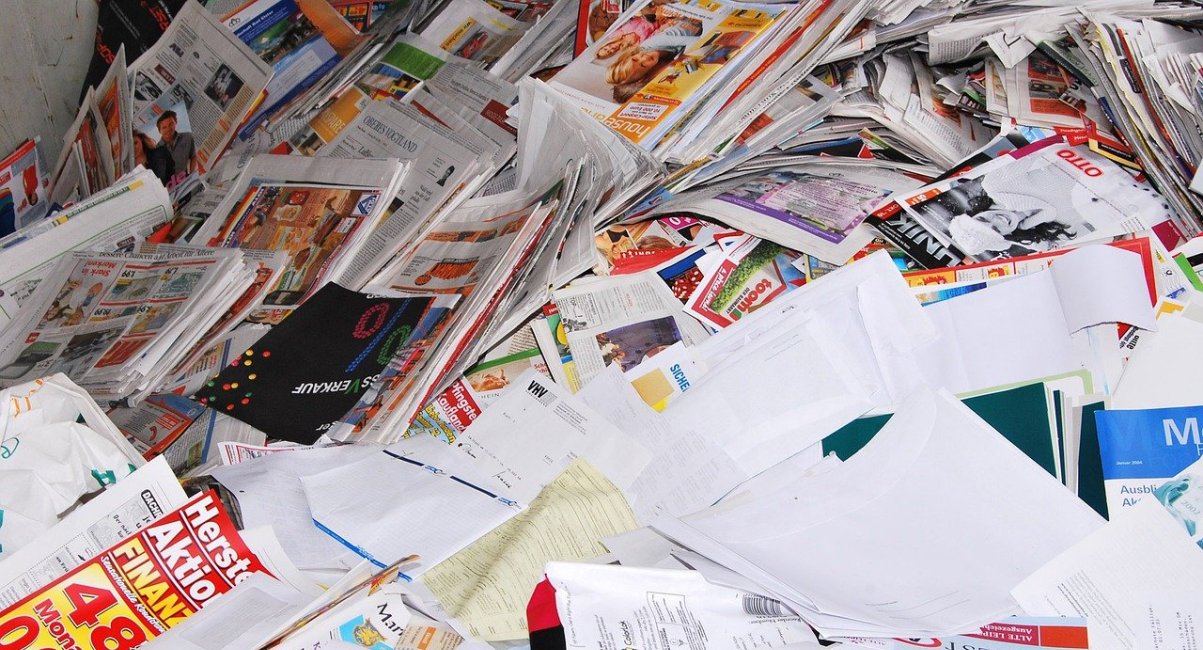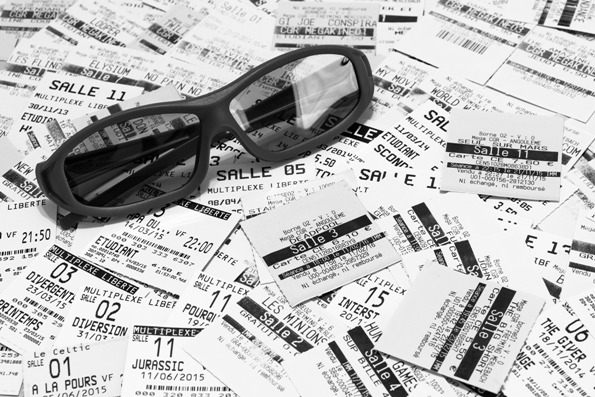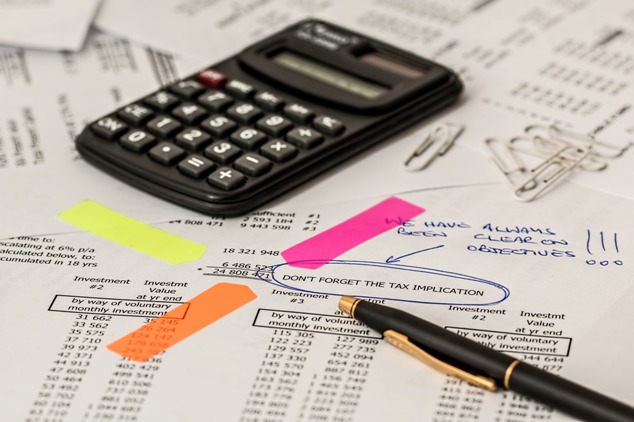HOME » ABOUT US » Our Initiatives » Paperless Tourism
PAPERLESS TOURISM

Since tourism has always been an information-rich business, traditionally all tourism activities were accompanied by a large amount of information. Until recently, the main carrier of information was paper. These were guidebooks, maps, tickets, receipts, etc.
Even if we roughly estimate the amount of paper that every tourist spends annually, then we get a figure of the order of 1 kg. If about 1 billion tourists were recorded in the world a year before the pandemic, then the total paper consumption was 1 million tons of paper! Moreover, it is necessary not only to produce a million tons of paper, but also to transport it along with tourists, process this cargo and then dispose of it.
However, with the development of information technology and smart tourism, it has become possible to replace paper media with electronic ones.
Here are some technologies that can help you save paper.
Guidebooks and Catalogs

All tourism organizations dealing with tourists in one way or another, especially visitor centers, DMOs, etc. periodically release various catalogs and guidebooks.
We urge not to print them, but to release them in electronic format. In addition to saving paper, this provides the following benefits:
- better distribution on the internet
- better keyword search
- a large number of guidebook placements
- saving the weight of luggage for tourists
We recommend all visit centers and museums publish catalogs in the following formats and make them freely available on their websites:
- EPUB
- FB2
- Mobi
In addition to posting catalogs and guides on their own website and social networks, visit centers, travel agencies and museums can post their publications on other platforms, such as:
On the one hand, it gives a decrease in demand for print media, and on the other hand, increases the reach of tourists.
Electronic Maps

Nowadays, every tourist has a smartphone with a built-in map that shows a lot of other things besides just the location: what is nearby, distance, traffic jams, popularity, reviews.
In order for an organization to use 100% of the possibilities of electronic maps, it is necessary to constantly update information about the organization, periodically publish news, monitor working hours, etc.
In the event that all businesses and attractions are indicated on electronic maps, then the need for paper maps will disappear by itself. But, of course, all tourism organizations must make certain efforts.
There are special services in map apps:
For Google Maps – Google My Business (GMB)
For Yandex Maps – Yandex Business
For 2GIS
Moreover, there is the Local Experts program that could be helpful to add various local objects on Google Maps: Support Gooole. This program allows users to add and evaluate any objects on Google Maps.
Some travel apps also have a built-in map, such as:
The development of these and similar technologies will reduce the demand for paper maps.
Electronic Tickets

Electronic tickets (or e-tickets) are tickets available on the Internet or sent to the user’s smartphone and helps to receive services without printing it in paper form. Special numbers, barcodes, QR codes, etc. can be used for authentication.
In fact, many travel businesses are already using e-tickets, such as airlines or bus companies such as Flixbus . For check-in it is enough to present a QR code.
Moreover, since 2007 IATA has been striving to transfer all flight bookings to electronic format using a special program.
One more example, it is not necessary to print Booking.com’s booking sheet , it is enough to show it on your phone at the hotel.
In addition, some e-ticket offices, such as GYG, also send an email confirming the reservation, which is enough to show at the entrance.
In general, there are many solutions for the implementation of e-tickets in the world, and for those who are interested, we advise to carefully read and study the various systems before using this or that technology.
There is an online forum for e-ticket sellers
Paperless Accounting

In any organization there is accounting and inventory management, which has traditionally been based on maintaining huge ledgers and storing huge amounts of paper documents.
Fortunately, modern technologies allow minimizing paper consumption for these purposes, as well as making accounting more understandable and convenient to use.
We recommend all tourism organizations think about switching to paperless accounting, especially since there are quite a lot of different technologies in the world.
Consideration of this issue goes beyond the discussion of smart tourism development, so we have selected several collections with tips on switching to paperless accounting from experts:
Tips on Taking Your Accounting (and Office) Paper-Free
Why are museums going paperless?
Electronic Document Management System (EDMS)
All organizations in one way or another exchange different documents with their suppliers, other organizations and government agencies. These can be contracts, acts, invoices and much more.
The modern world provides ample opportunities to get rid of paper in these processes, to make them faster and more convenient.
These systems are called EDMS.
There are quite a lot of systems in the world, moreover, many states are implementing their own systems. Therefore, we recommend that heads of organizations carefully study this issue and think about implementing such technologies.
Below is a selection of tips and tricks.
Electronic document management
How your firm can go paperless
Electronic Diaries
Since everyone now has a smartphone, it’s pretty silly not to use it as a diary.
As the most successful approach, we would recommend both tourists and organizations to use Google Calendar.
An electronic calendar has several advantages over a paper one:
- unlimited number of pages
- save all events and all records
- exchange information with email and other services from your account
- automatic reminder of events
- it can remind you of periodic events, such as birthdays
Electronic notepads
Electronic notepads allow us to make quick notes instead of writing on paper.
Advantages:
- recordings remain both in the phone and in the cloud
- records are not lost like papers
- share notes with others, for example shopping lists
- it is easy to copy some note, like address or phone, and use it in other apps
Example – Google Keep
However, there are other electronic notepads that are easy to find on the Internet.
